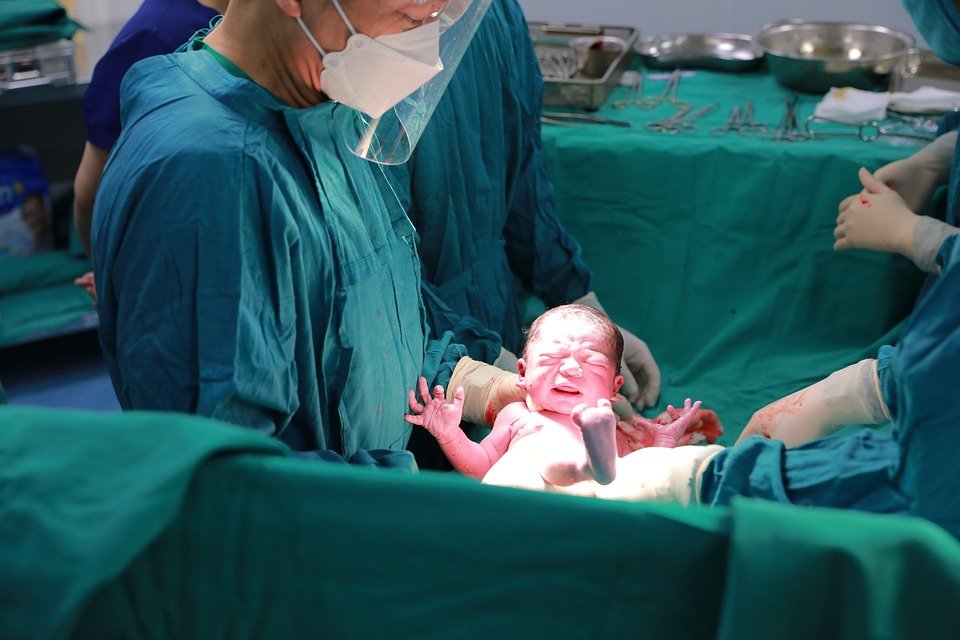
The uterus is a complex and fascinating organ that plays a crucial role in a woman’s reproductive system. Despite being a fundamental part of the female anatomy, the uterus still holds many mysteries that have yet to be fully understood. In this comprehensive guide, we will delve into the intricate workings of the uterus, exploring its structure, function, and common medical conditions.
The uterus, also known as the womb, is a pear-shaped organ located in the lower abdomen. It is responsible for nurturing and protecting a growing fetus during pregnancy. The uterus consists of three main layers: the endometrium, myometrium, and perimetrium. The endometrium is the innermost layer of the uterus and is where a fertilized egg implants and grows into a fetus. The myometrium is the middle layer and is made up of smooth muscle tissue that contracts during labor to push the baby out. The perimetrium is the outermost layer and provides support and protection to the uterus.

The uterus undergoes significant changes throughout a woman’s life, starting with puberty when it begins to prepare for potential pregnancy. During each menstrual cycle, the endometrium thickens in anticipation of a fertilized egg implanting. If pregnancy does not occur, the endometrium sheds during menstruation.
One of the most common medical conditions affecting the uterus is uterine fibroids. These benign growths can develop in the muscular wall of the uterus and vary in size from small nodules to large tumors. Uterine fibroids can cause symptoms such as heavy menstrual bleeding, pelvic pain, and pressure on the bladder or rectum. Treatment options for fibroids include medication, surgery, and minimally invasive procedures.

Endometriosis is another common condition that affects the uterus. This chronic condition occurs when tissue similar to the lining of the uterus grows outside of the uterus, causing inflammation and scarring. Endometriosis can lead to symptoms such as pelvic pain, painful periods, and infertility. Treatment for endometriosis may include pain medication, hormonal therapy, or surgery to remove the abnormal tissue.
Adenomyosis is a condition that involves the abnormal growth of endometrial tissue into the muscular walls of the uterus. This can cause the uterus to become enlarged and lead to symptoms such as heavy menstrual bleeding, pelvic pain, and pressure in the lower abdomen. Treatment for adenomyosis may include medication, hormonal therapy, or surgery to remove the affected tissue.

Polycystic ovary syndrome (PCOS) is a hormonal disorder that can affect the function of the uterus. Women with PCOS may have irregular periods, multiple cysts on their ovaries, and high levels of male hormones. This can lead to symptoms such as infertility, weight gain, and acne. Treatment for PCOS may include lifestyle changes, medication, or fertility treatments.
In conclusion, the uterus is a remarkable organ that plays a vital role in a woman’s reproductive health. Despite the many mysteries that still surround this complex organ, ongoing research and advancements in medical technology continue to shed light on its inner workings. By understanding the structure, function, and common medical conditions of the uterus, women can take control of their reproductive health and seek appropriate treatment when needed.

Discover more from Bibliobazar Digi Books
Subscribe to get the latest posts sent to your email.


